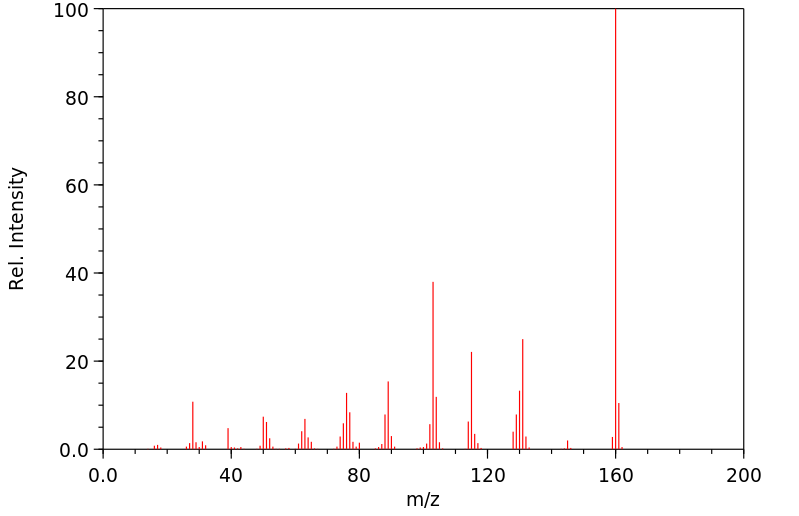代谢
乙酰化是肼屈嗪的一种次要代谢途径;主要的代谢途径是羟基化随后是葡萄糖醛酸化。肼屈嗪有5种已知的代谢途径。肼屈嗪可以被代谢为酞嗪或α-酮戊二酸肼。这些代谢物可以进一步转化为酞嗪酮或肼屈嗪可以直接代谢为酞嗪酮。肼屈嗪可以经历一个可逆的转化,形成活性肼屈嗪丙酮肼。肼屈嗪会自发转化为活性丙酸肼或丙酸肼三环脱水产物,这些代谢物可以在这两种形式之间相互转化。肼屈嗪可以被转化为肼酞嗪酮,后者进一步转化为活性乙酰肼酞嗪酮。肼屈嗪可以进行的最后一个代谢过程是转化为一种未命名的肼屈嗪代谢物,该代谢物进一步代谢为3-甲基-s-三唑酞嗪(MTP)。MTP可以被代谢为9-羟基-甲基三唑酞嗪或3-羟基-甲基三唑酞嗪;后者转化为三唑酞嗪。
Acetylation is a minor metabolic pathway for hydralazine; the major pathway is hydroxylation followed by glucuronidation. There are 5 identified metabolic pathways for hydralazine. Hydralazine can be metabolized to phthalazine or α-ketoglutarate hydrazone. These metabolites can be further converted to phthalazinone or hydralazine can be metabolized directly to phthalazinone. Hydralazine can undergo a reversible converstion to the active hydralazine acetone hydrazone. Hydralazine is spontaneously converted to the active pyruvic acid hydrazone or the pyruvic acid hydrazone tricyclic dehydration product, and these metabolites can convert back and forth between these 2 forms. Hydralazine can be converted to hydrazinophthalazinone, which is further converted to the active acetylhydrazinophthalazinone. The final metabolic process hydralazine can undergo is the conversion to an unnamed hydralazine metabolite, which is further metabolized to 3-methyl-s-triazolophthalazine (MTP). MTP can be metabolized to 9-hydroxy-methyltriazolophthalazine or 3-hydroxy-methyltriazolophthalazine; the latter is converted to triazolophthalazine.
来源:DrugBank







